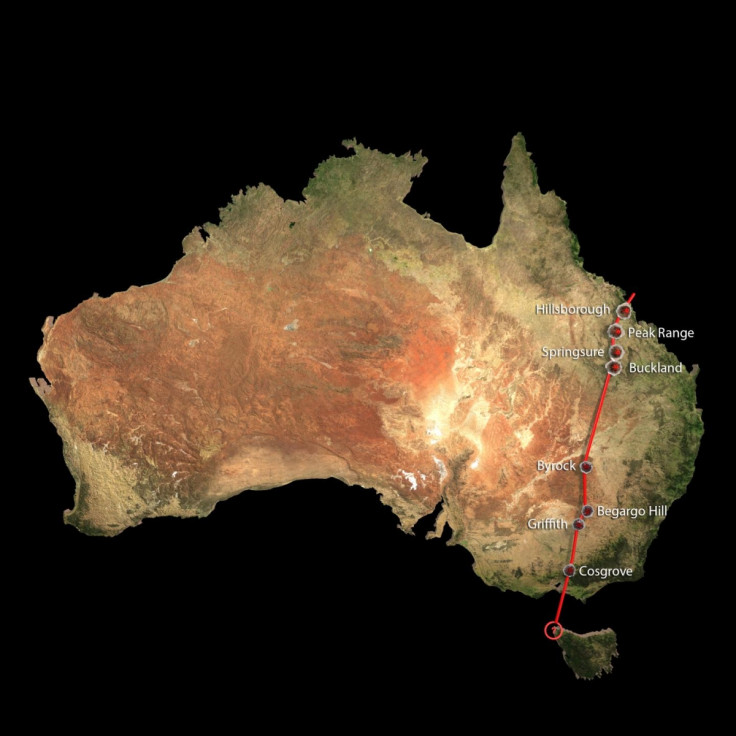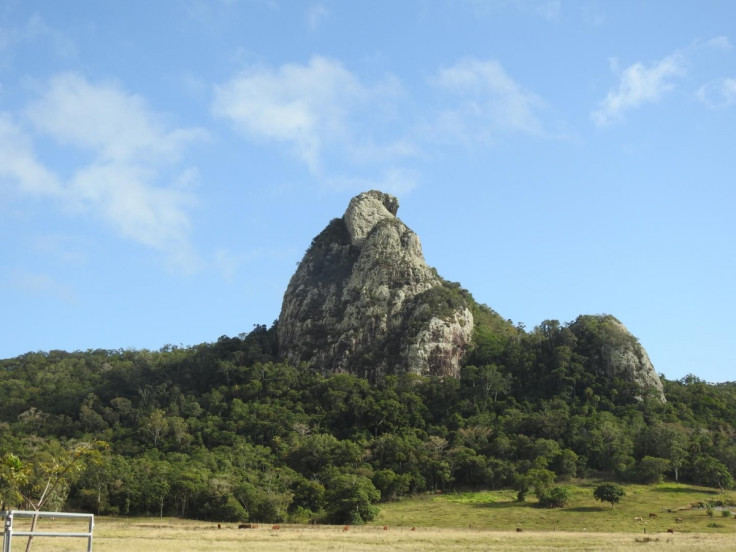Australia: World's longest continental volcano chain is three times the length of Yellowstone

The world's longest continental volcano chain has been discovered in Australia, running 2,000km (1,242 miles) – three times the length of the Yellowstone hotspot track in north America. The chain runs from the Whitsundays in North Queensland to near Melbourne in Victoria and was created over the past 33 million years, as Australia moved north over a hotspot in Earth's mantle.
Scientists from the Australia National University say the findings will help the understanding of volcanism on other continents as well as earlier periods in Earth's history. "Ultimately this new understanding may help us to reconstruct the past movements of continents from other hotspots," study co-author Nick Rawlinson said.
The researchers published their findings in the journal Nature. Lead researcher Rhodri Davies said: "We realised that the same hotspot had caused volcanoes in the Whitsundays and the central Victoria region, and also some rare features in New South Wales, roughly halfway between them. The track is nearly three times the length of the famous Yellowstone hotspot track on the north American continent."

Researchers were surprised to find this chain of volcanoes because they occur away from tectonic plate boundaries – normally hotspots form above mantle plumes originating at Earth's core-mantle boundary 3,000km beneath the planet's surface. They found sections of the track that has no volcanic activity because the Australian continent is too thick for the hot rock to rise far enough up for it to melt and form magma.
The plume created volcanic activity only where the solid outer layer of the planet was thinner than 130km. In some areas, the continent is just thin enough for melting to begin and in these places a mineral called leucitite is formed. This mineral is found in low-volume magmas rich in potassium, uranium and thorium.
Ian Campbell, from the ANU Research School of Earth Sciences, said: "Now that we know there is a direct relationship between the volume and chemical composition of magma and the thickness of the continent, we can go back and interpret the geological record better."
The newly discovered chain has been called the Cosgrove hotspot track and while Davies says the magma beneath the Australian volcanoes is probably still there, there are no observations of higher magma temperatures or increased seismic activity in the region.
© Copyright IBTimes 2025. All rights reserved.






















